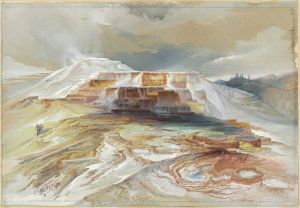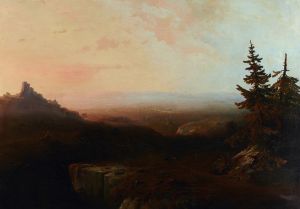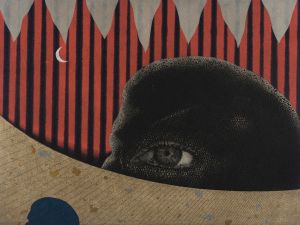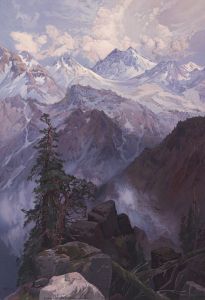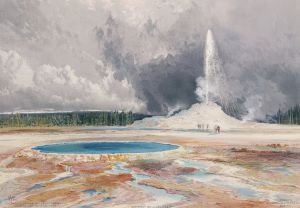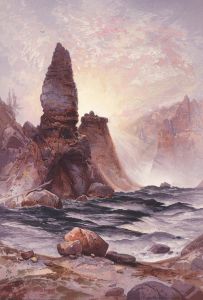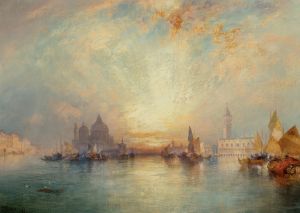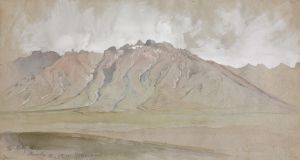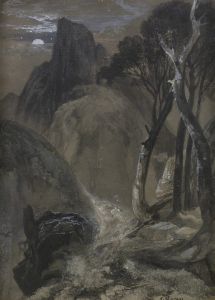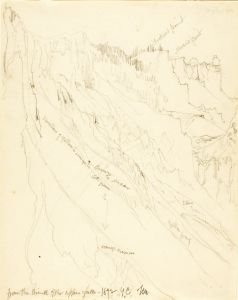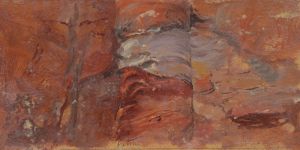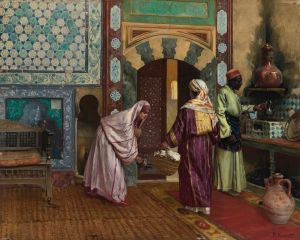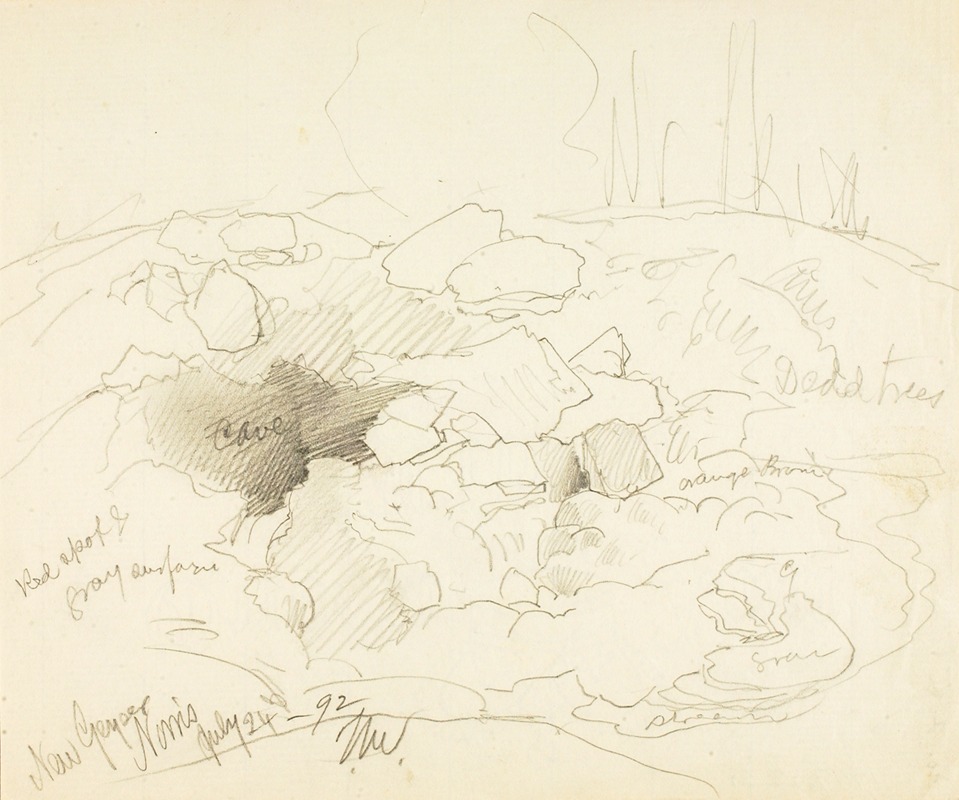
New Geyser, Norris
A hand-painted replica of Thomas Moran’s masterpiece New Geyser, Norris, meticulously crafted by professional artists to capture the true essence of the original. Each piece is created with museum-quality canvas and rare mineral pigments, carefully painted by experienced artists with delicate brushstrokes and rich, layered colors to perfectly recreate the texture of the original artwork. Unlike machine-printed reproductions, this hand-painted version brings the painting to life, infused with the artist’s emotions and skill in every stroke. Whether for personal collection or home decoration, it instantly elevates the artistic atmosphere of any space.
"New Geyser, Norris" is a watercolor painting created by the American artist Thomas Moran in 1873. Moran, a prominent figure in the Hudson River School and Rocky Mountain School of art, is best known for his depictions of the American West, which played a significant role in shaping public perception of the region and influencing the establishment of national parks in the United States.
This particular painting captures the Norris Geyser Basin, one of the geothermal areas in Yellowstone National Park, located in present-day Wyoming. The Norris Geyser Basin is renowned for its dynamic geothermal activity, including geysers, hot springs, and fumaroles, making it a compelling subject for Moran's artistic exploration. The painting showcases Moran's ability to depict the dramatic interplay of light, color, and natural phenomena, emphasizing the sublime beauty of the landscape.
Thomas Moran first visited Yellowstone in 1871 as part of the Hayden Geological Survey, an expedition led by Ferdinand V. Hayden to document the region's geography, geology, and natural features. Moran's sketches and paintings from this trip, along with photographs by William Henry Jackson, were instrumental in convincing Congress to establish Yellowstone as the first national park in 1872. Although "New Geyser, Norris" was created two years after the survey, it reflects Moran's continued fascination with Yellowstone's unique landscapes.
The painting is executed in watercolor, a medium Moran frequently used for its portability and ability to capture the immediacy of natural scenes. The work demonstrates Moran's characteristic attention to detail and his skill in rendering atmospheric effects, such as steam rising from the geysers and the interplay of light on the landscape. His use of vibrant colors and dramatic contrasts conveys the otherworldly quality of Yellowstone's geothermal features.
"New Geyser, Norris" is part of a broader body of work by Moran that celebrates the natural beauty of the American West. His art not only contributed to the romanticization of the region but also played a practical role in its preservation by inspiring public and governmental support for conservation efforts. Today, Moran's works, including this painting, are celebrated for their artistic and historical significance.
The current location of "New Geyser, Norris" is not widely documented, but many of Moran's works are housed in major institutions such as the Smithsonian American Art Museum, the National Gallery of Art, and the Gilcrease Museum.





